


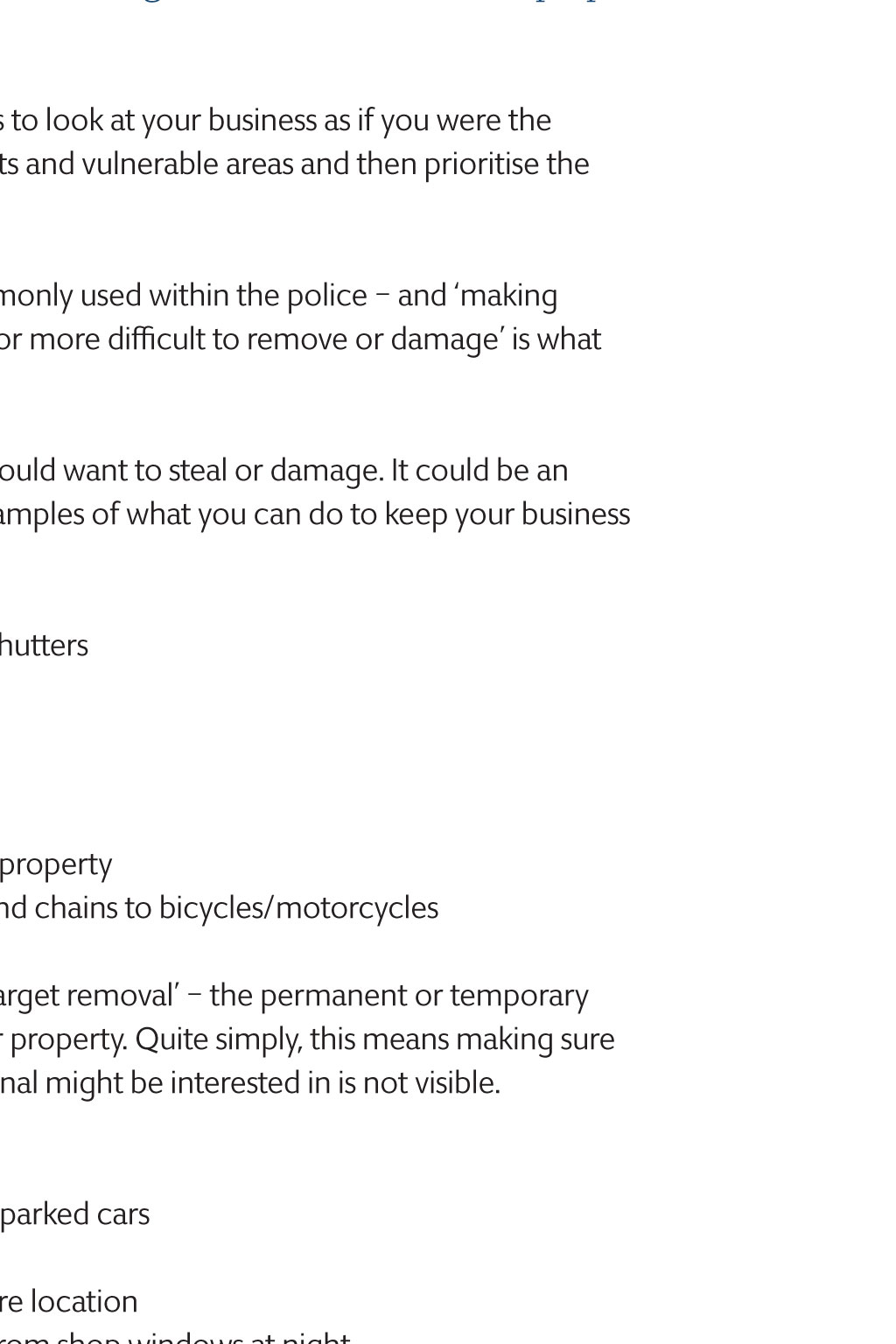

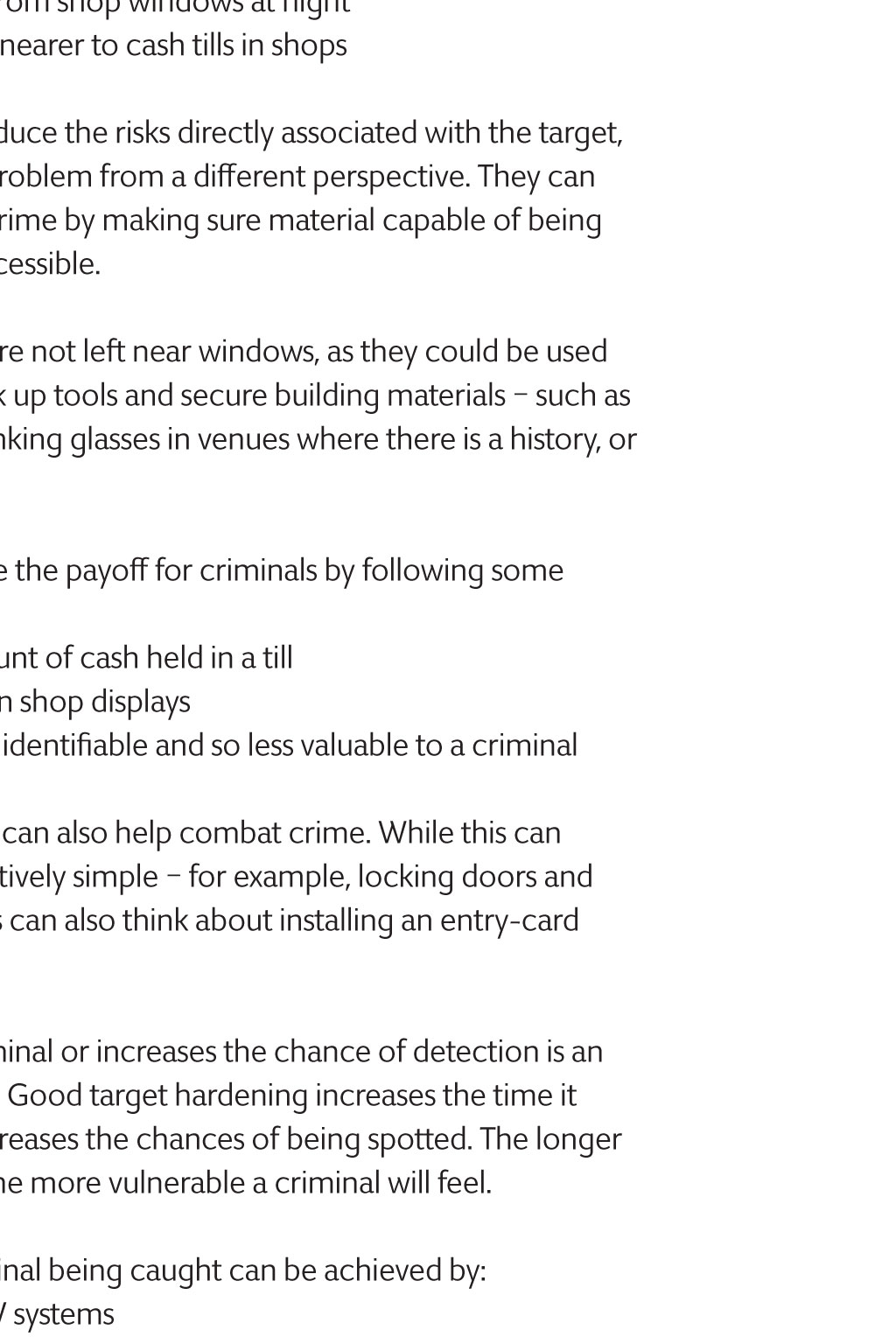
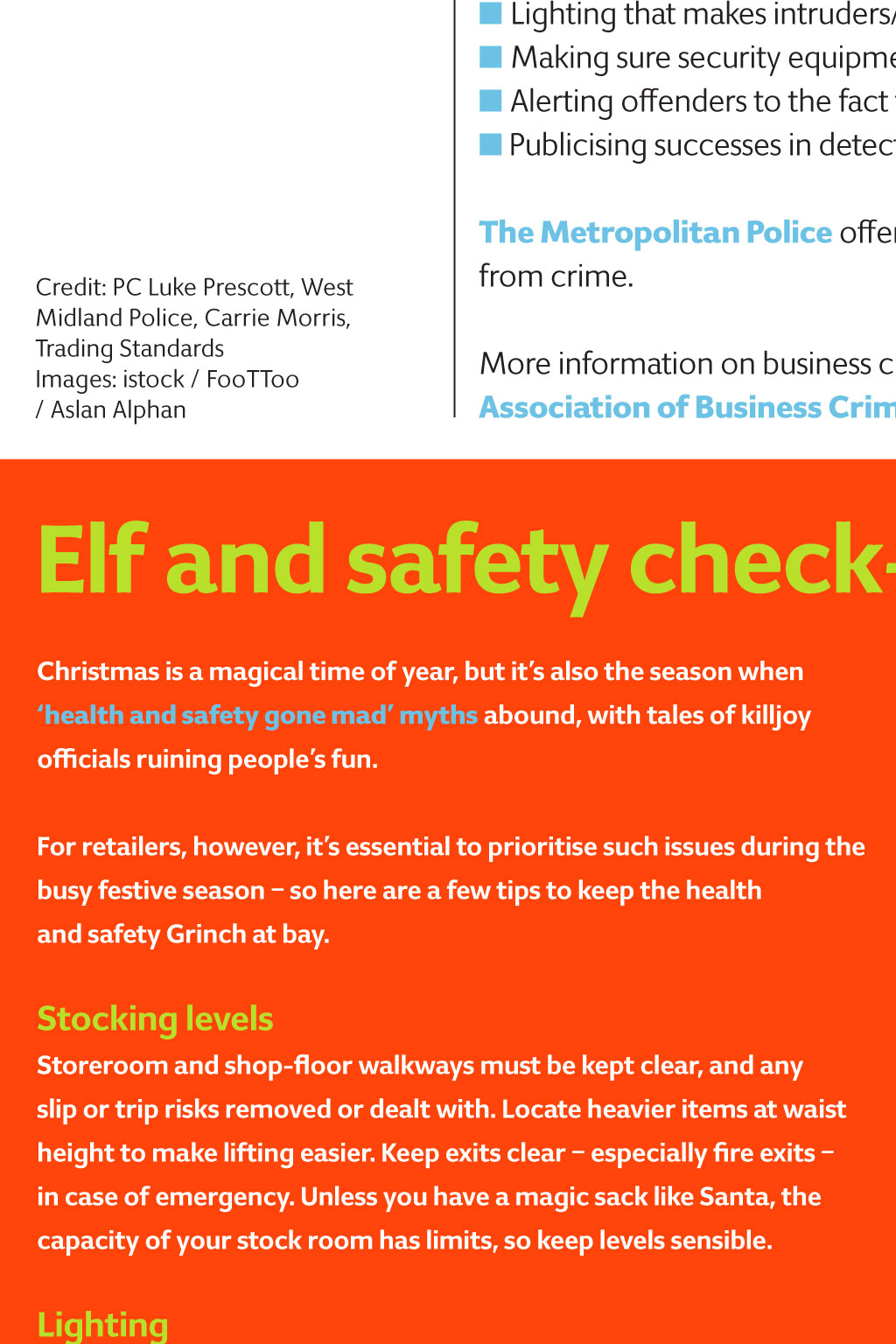
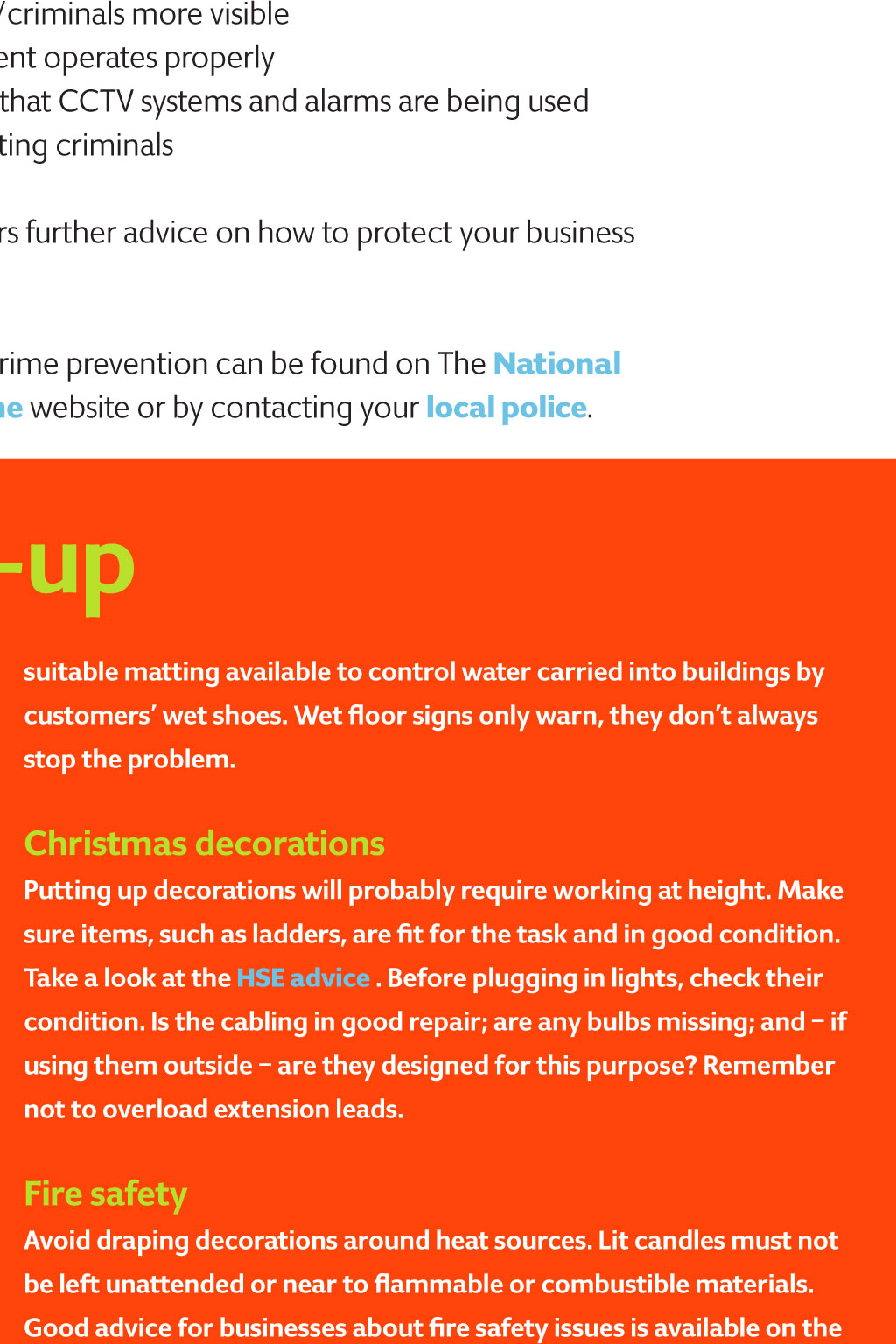
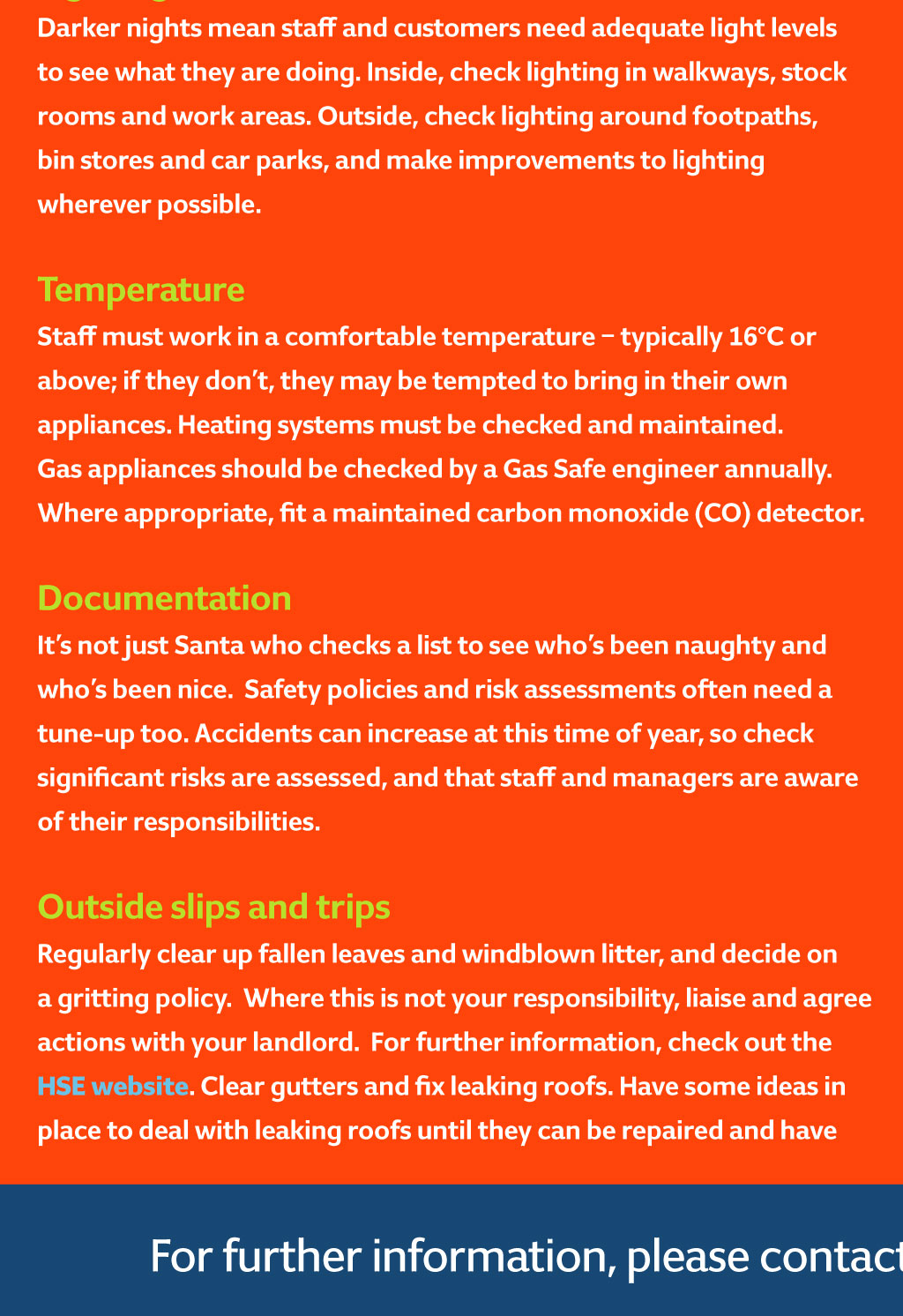
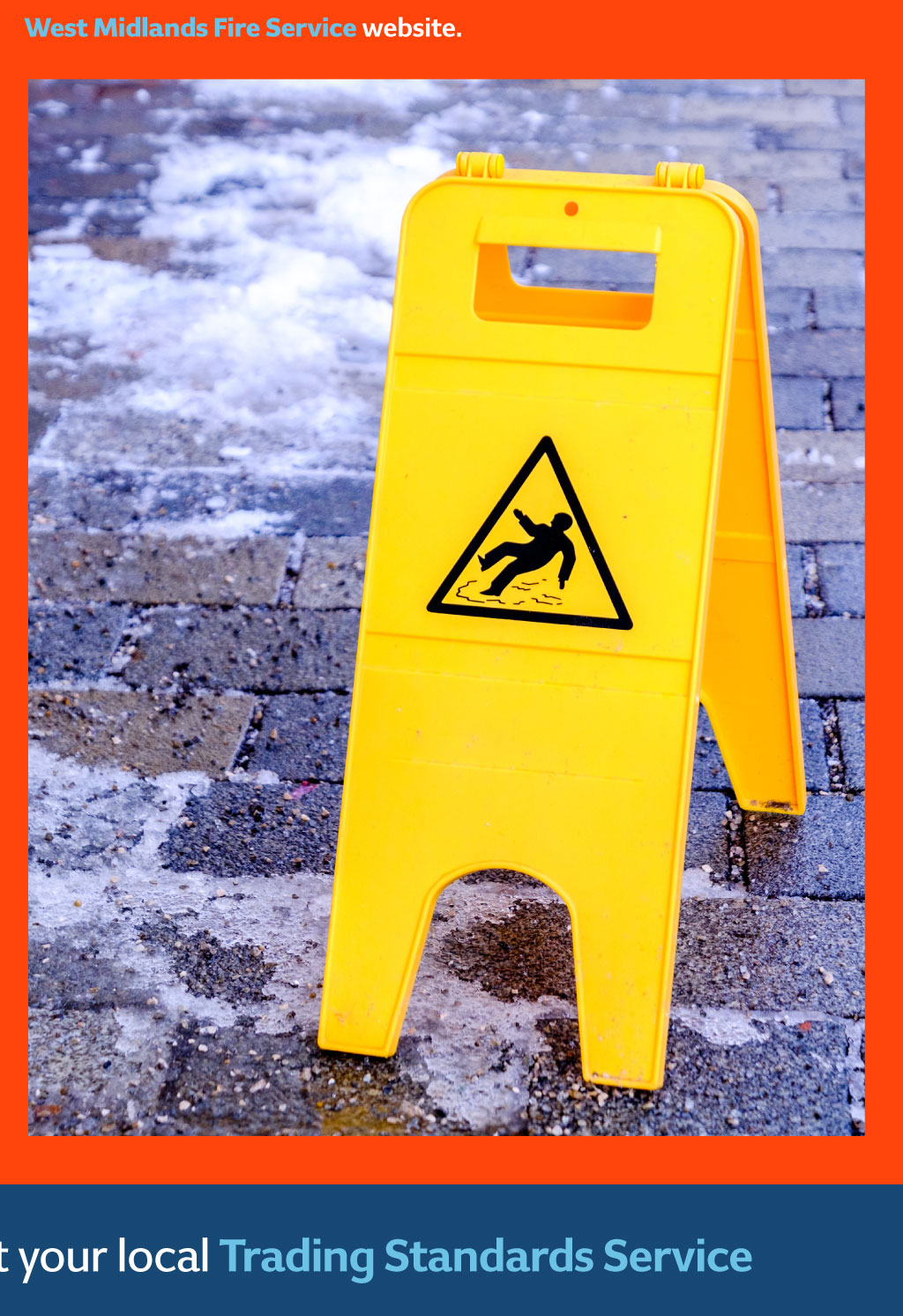










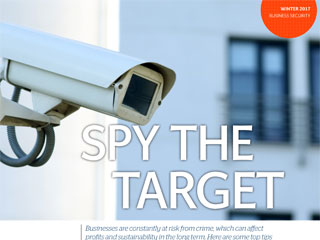
Winter 2017 BuSInESS SECurITY SpY tHe tARGet Businesses are constantly at risk from crime, which can affect profits and sustainability in the long term. Here are some top tips on how to reduce the risk The best way to combat crime is to look at your business as if you were the criminal identify the weak spots and vulnerable areas and then prioritise the areas that need to be improved. Target hardening is a term commonly used within the police and making targets more resistant to attack or more difficult to remove or damage is what businesses need to achieve. A target is anything a criminal would want to steal or damage. It could be an object, property or a person. Examples of what you can do to keep your business safe are: Anything that slows down a criminal or increases the chance of detection is an effective method of prevention n Fit better doors, windows or shutters n Install window or door locks n Get an alarm n Fit screens at counters n Install fencing systems n repair damaged and derelict property n Put wheel locks on vehicles and chains to bicycles/motorcycles Businesses should also look at target removal the permanent or temporary removal of vulnerable people or property. Quite simply, this means making sure any object that a potential criminal might be interested in is not visible. For example: n remove radios/sat navs from parked cars n Keep keys out of sight n Place valuable items in a secure location n remove jewellery/valuables from shop windows at night n Move small, vulnerable items nearer to cash tills in shops While these measures aim to reduce the risks directly associated with the target, a business can also look at the problem from a different perspective. They can remove the means to commit crime by making sure material capable of being used to help a criminal is not accessible. Ensure ladders or wheelie bins are not left near windows, as they could be used as platforms to gain access. Lock up tools and secure building materials such as scaffolding and use plastic drinking glasses in venues where there is a history, or possibility, of violence. Businesses can also try to reduce the payoff for criminals by following some simple steps: n use a safe to reduce the amount of cash held in a till n use a police/security replica in shop displays n Mark property to make items identifiable and so less valuable to a criminal Controlling access to work sites can also help combat crime. While this can be complex, some steps are relatively simple for example, locking doors and issuing identity cards. Businesses can also think about installing an entry-card system and intercom phones. Anything that slows down a criminal or increases the chance of detection is an effective method of prevention. Good target hardening increases the time it takes to enter a building and increases the chances of being spotted. The longer it takes to commit an offence, the more vulnerable a criminal will feel. Increasing the chance of a criminal being caught can be achieved by: n Proper management of CCTV systems n Lighting that makes intruders/criminals more visible n Making sure security equipment operates properly n Alerting offenders to the fact that CCTV systems and alarms are being used n Publicising successes in detecting criminals Credit: PC Luke Prescott, West Midland Police, Carrie Morris, Trading Standards Images: istock / FooTToo / Aslan Alphan The Metropolitan Police offers further advice on how to protect your business from crime. More information on business crime prevention can be found on The national Association of Business Crime website or by contacting your local police. elf and safety check-up Christmas is a magical time of year, but its also the season when suitable matting available to control water carried into buildings by health and safety gone mad myths abound, with tales of killjoy customers wet shoes. Wet floor signs only warn, they dont always officials ruining peoples fun. stop the problem. For retailers, however, its essential to prioritise such issues during the Christmas decorations busy festive season so here are a few tips to keep the health putting up decorations will probably require working at height. make and safety grinch at bay. sure items, such as ladders, are fit for the task and in good condition. take a look at the Hse advice . Before plugging in lights, check their Stocking levels condition. is the cabling in good repair; are any bulbs missing; and if Storeroom and shop-floor walkways must be kept clear, and any using them outside are they designed for this purpose? remember slip or trip risks removed or dealt with. locate heavier items at waist not to overload extension leads. height to make lifting easier. keep exits clear especially fire exits in case of emergency. unless you have a magic sack like Santa, the Fire safety capacity of your stock room has limits, so keep levels sensible. avoid draping decorations around heat sources. lit candles must not be left unattended or near to flammable or combustible materials. lighting good advice for businesses about fire safety issues is available on the darker nights mean staff and customers need adequate light levels west Midlands Fire service website. to see what they are doing. inside, check lighting in walkways, stock rooms and work areas. outside, check lighting around footpaths, binstores and car parks, and make improvements to lighting wherever possible. temperature Staff must work in a comfortable temperature typically 16C or above; if they dont, they may be tempted to bring in their own appliances. heating systems must be checked and maintained. gasappliances should be checked by a gas Safe engineer annually. Where appropriate, fit a maintained carbon monoxide (Co) detector. documentation its not just Santa who checks a list to see whos been naughty and whos been nice. Safety policies and risk assessments often need a tune-up too. accidents can increase at this time of year, so check significant risks are assessed, and that staff and managers are aware of their responsibilities. outside slips and trips regularly clear up fallen leaves and windblown litter, and decide on agritting policy. Where this is not your responsibility, liaise and agree actions with your landlord. For further information, check out the Hse website. Clear gutters and fix leaking roofs. have some ideas in place to deal with leaking roofs until they can be repaired and have For further information, please contact your local trading Standards Service